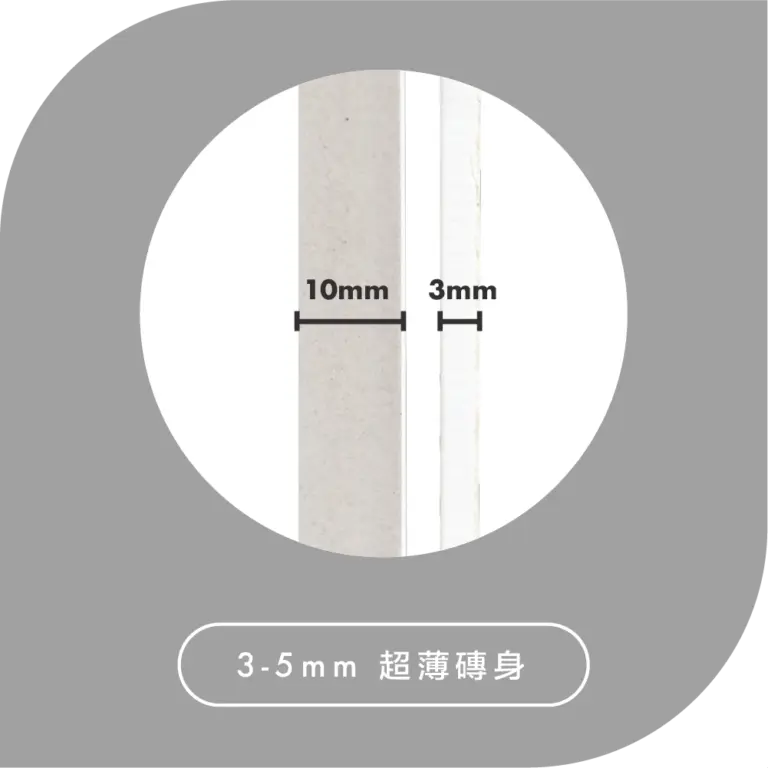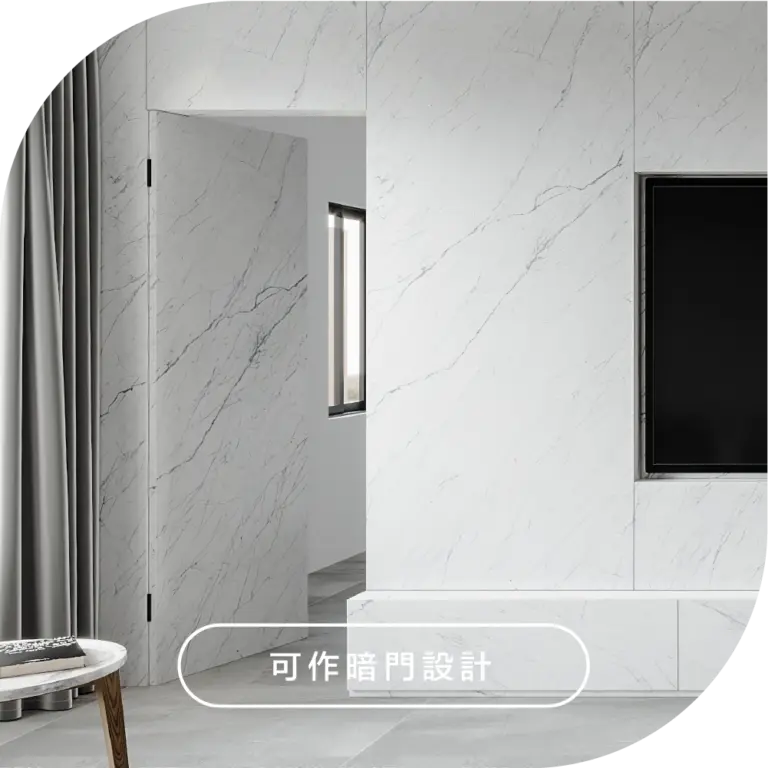Watch Our Video
Sintering, is a process of compacting and forming a solid mass of material by heat or pressure, just like how natural stones are formed. Sintered Stone, with such method, mimics the processes that form natural stones. They have that fine, firm touch of stone, which is something that the other materials could not provide.


Because the brick body is only 3-12mm, the ceramic tile is endowed with stable conductive heat transfer function. Cooperate with and realize innovative concepts such as invisible charging or invisible induction cooker, and maximize the simple essence of modern design, so that beauty and practicality are closely linked.


Inclusively presenting multiple uses, highlighting the description and outline of the space, echoing the design concept of combining with space.
• Can be used with invisible induction cooker
• Can be used with wireless charging
• Can be used as an insulation countertop
• Can be used as an iced countertop design to make Western-style cakes


The tiles were designed in the Italian Design Center.

The ceramic tiles have food-grade antibacterial properties, and with various safety features to protect the food materials, the food materials have a great affinity.

The ceramic tile has been tested in the laboratory and proved to inhibit the growth and reproduction of bacteria and fungi (ASTM G22-76, JC/T897-2014).

The water absorption rate of tiles is less than 0.1% (ASTM C373, EN ISO 10545-3), which is far lower than the 0.5% required by the national standard.

瓷磚具食品級抗菌特性,
配合各種保護食材安全特點,
食材親和性極大。

瓷磚經實驗室測試證明,
可以抑制細菌和真菌生長繁殖 (ASTM G22-76, JC/T897-2014) 。

瓷磚吸水率少於0.1%(ASTM C373, EN ISO 10545-3),
遠低於國家標準所需的0.5%。

One notable difference is the firm texture unique to Sintered Stone. Sintered Stone is a material made of high pressure, so it is close to natural stone in texture. Cnmpared with general tiles, it is clear that the Sintered Stone has the advantages in terms of texture as the Sintered Stone has more natural and realistic texture.
Another feature is the thickness of the body. The thickness of the general tile is 9-20mm, and thickness of Sintered Stone can be 70% thinner than ceramic tiles, only 3-20mm. Therefore, Sintered Stone is very suitable for creating integrated design, such as countertops, cabinets, hidden doors, etc..
Sintered Stone rock slab series tiles can match and realize the concept of invisible induction cooker, which is naturally suitable for kitchen space. This series of ceramic tiles have the functions of ice and warmth at the same time, and can be designed as warm or iced countertops, suitable for placing the ingredients directly on the countertop for processing.
In addition, the Modi hardness of the ceramic tiles reaches level 6, which can withstand high damage strength; the water absorption rate is less than 0.1%, and the water resistance is good; the surface is made of high-temperature nano wear-resistant glaze, which is easy to maintain and clean. Combining all the advantages, instead of focusing on the kitchen, the Sintered Stone rock slab series is especially suitable for every corner, and can be considered as a countertop material for processing food materials.